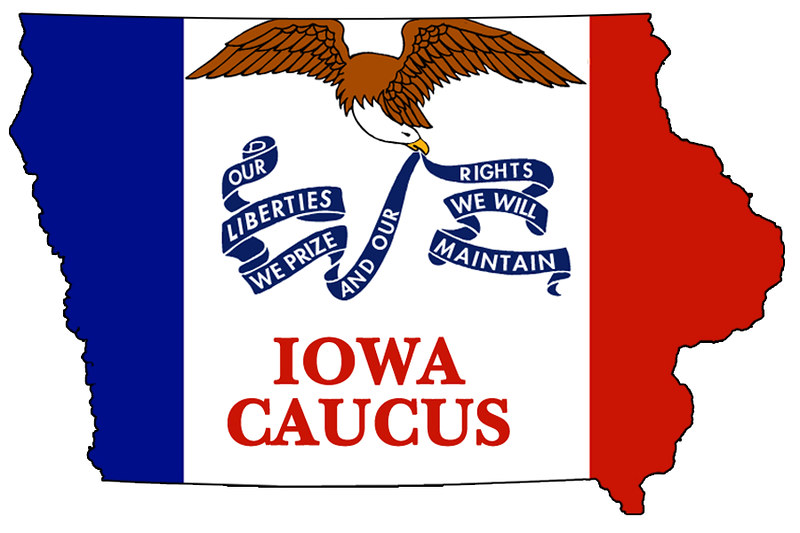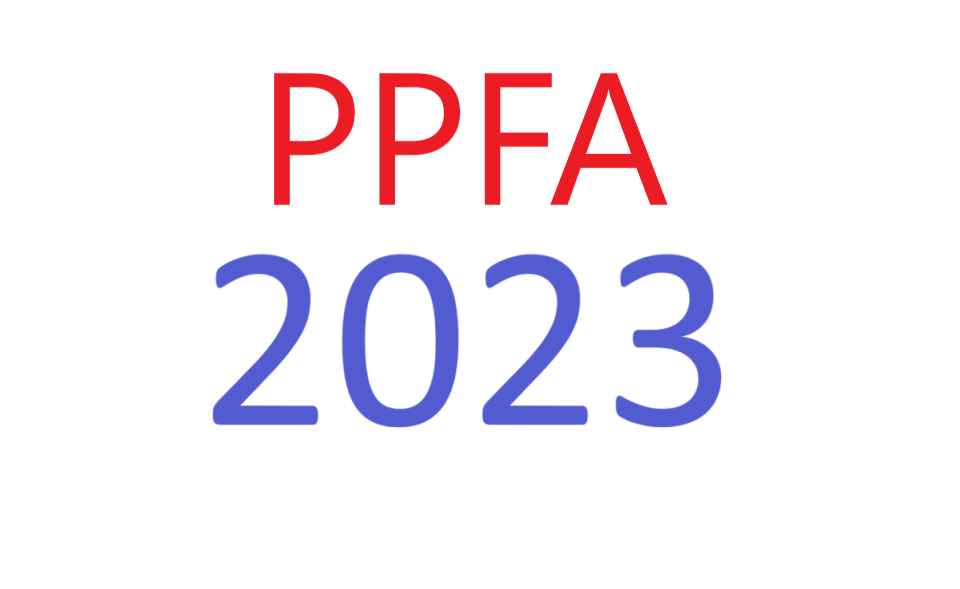I almost didn't write this. I've been at a conference at Yale with my students for the last three days, and whenever I have down time I open my computer and say, "You have to write about New Hampshire. Just do it." But I've really struggled. Why bother with all the nouns and verbs? Why… Continue reading It’s Over. (A Kind Of Hampshire Primary Preview)
Hutchinson Out of Race, Haley Out of Debate
It's been 36 hours since Donald Trump won the Iowa Caucuses, and we've had some developments. One is that we've lost another candidate. After a less than ideal 0.2% of the vote in the Iowa caucuses, former Arkansas Governor Asa Hutchinson has dropped out of the race. Something about finishing sixth in a field with… Continue reading Hutchinson Out of Race, Haley Out of Debate
Reflecting on Iowa, and on to New Hampshire
I'm on five hours sleep and kicking myself for yesterday's fourth prediction, so let's make this quick. It's time to close the book on Iowa and start the seven-day countdown to New Hampshire. Let's take a look at my Iowa predictions. Prediction #1: Of the five major candidates remaining, Asa Hutchinson will finish sixth. I… Continue reading Reflecting on Iowa, and on to New Hampshire
Iowa Predictions & Potential Trajectories
If Donald Trump loses tonight's Iowa caucuses, it will be the biggest upset in presidential election history. Nothing would come close. I considered writing a few thousand words proving it, but I decided to spare you. Just trust me on this one -- no one up 33.8 points in an average of polls has ever… Continue reading Iowa Predictions & Potential Trajectories
Who Will Win the Republican Primary — and How (a Power Ranking)
On July 18, the last day of the 2024 Republican National Convention, balloons will rain down on the Republican nominee for president. But who will it be? And how will they get there? Starting tomorrow, Iowa voters will be the first to give us some real answers. But let's be honest. People come to Presidential… Continue reading Who Will Win the Republican Primary — and How (a Power Ranking)
Christie Reads, Withdraws
And then there were four. (And Asa Hutchinson.) Sometimes, in order to break through someone's stubbornness, you have to show you understand where they're coming from. On Tuesday, Presidential Politics For America did just that with Chris Christie. In "Yes, Chris Christie Should Drop Out. Here’s Why He’s Not," I showed the data that suggested he… Continue reading Christie Reads, Withdraws
Yes, Chris Christie Should Drop Out. Here’s Why He’s Not.
After a dearth of New Hampshire polling, two Granite State polls just came out within hours of each other. With the important New Hampshire Primary now less than two weeks away, we can expect a lot more, but that still leaves us 14 daily freakouts any time we get new info out of the state.… Continue reading Yes, Chris Christie Should Drop Out. Here’s Why He’s Not.
How the Ghost of Horace Greeley Might Deny Trump the Presidency
In the conclusion to my Section 3 trilogy, I predicted that the two most likely results in the forthcoming Supreme Court decision on Donald Trump's presidential eligibility would be either A) that he must remain eligible in all states, or B) that states would be permitted to follow their own laws on how one becomes… Continue reading How the Ghost of Horace Greeley Might Deny Trump the Presidency
A Tale of Two States: a Look at Iowa & New Hampshire
So long, 2023. Hello, 2024! By the end of this year, we'll have answers to the following questions: Did Donald Trump run away with the Republican Primary? Did Joe Biden make it to the Democratic National Convention? Did Donald Trump get convicted in any of his four criminal cases? Did Joe Biden make it to… Continue reading A Tale of Two States: a Look at Iowa & New Hampshire
PPFA’s Most Read Posts of 2023
After subjecting the universe to ten thousand words in three posts across four days about Section 3 of the Fourteenth Amendment, I expected to give you but more importantly me some time off. But then I remember I have an annual New Years Eve tradition of listing the year's ten most popular posts according to… Continue reading PPFA’s Most Read Posts of 2023









